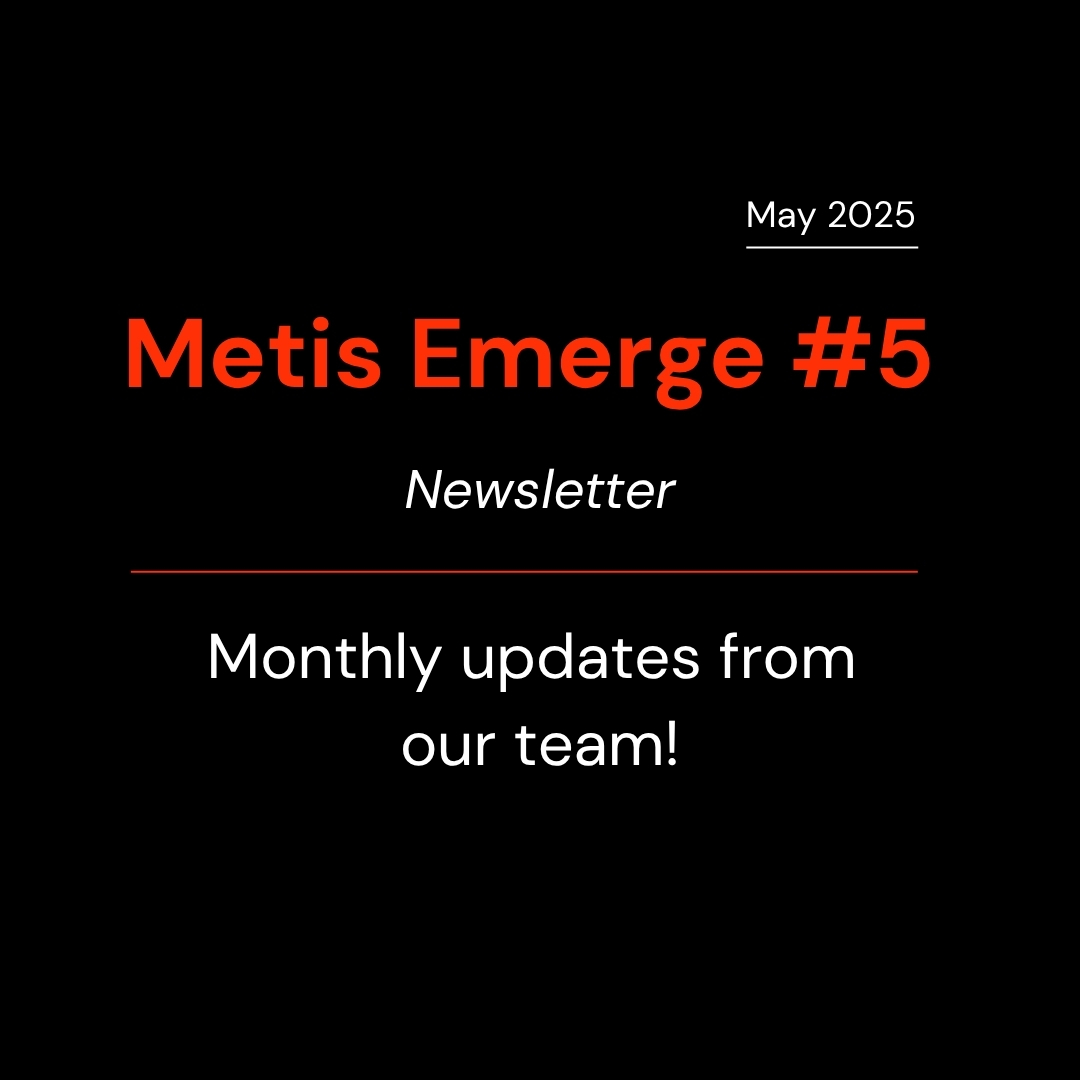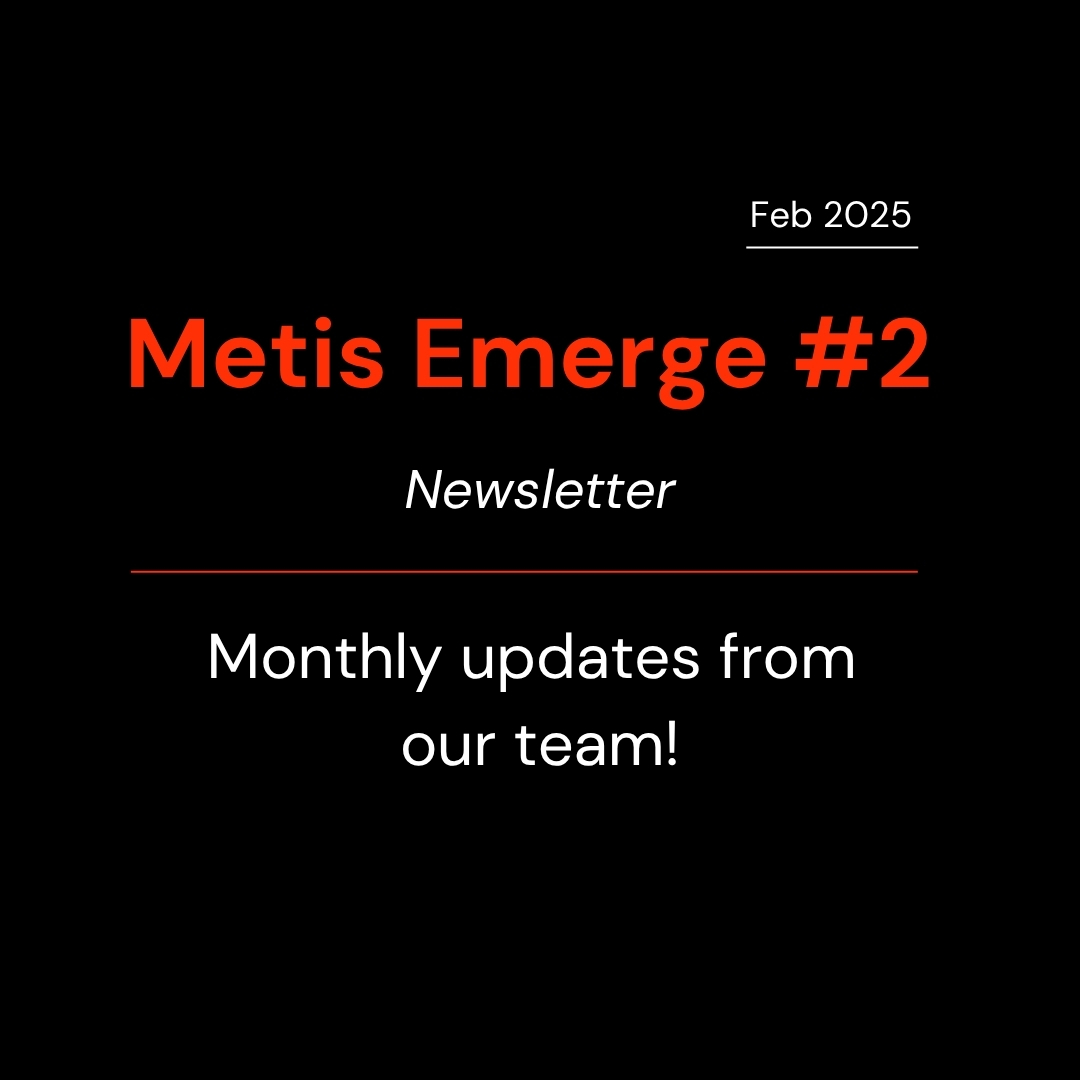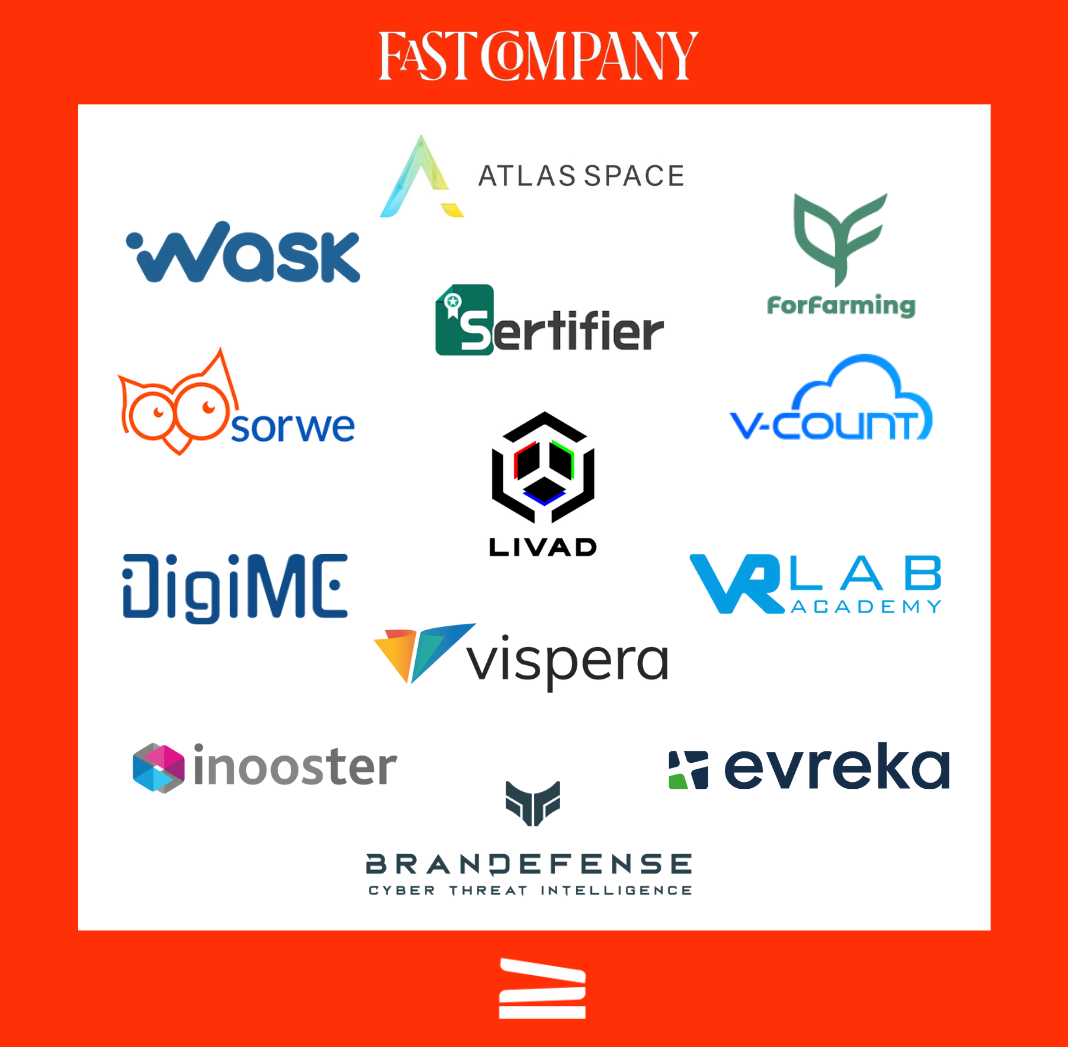Over the past few years, we’ve had the chance to meet with founders across the cybersecurity spectrum; from early-stage teams to those approaching scale. These conversations have revealed that the evolution of this space isn’t just technological; it’s a deep shift in mindset and strategy. The difference between the companies we met four years ago and those we meet today is stark. Today’s teams don’t see security as merely a defensive function; they treat it as a foundational layer that enables speed, scale, and sustainable growth.
To understand where cybersecurity is headed, it helps to look at where it began. In the mid-90s, security wasn’t even considered a distinct discipline. There were no CISOs, no structured update cycles, and little awareness of application-layer vulnerabilities. Defenses were reactive and fragmented: antivirus tools, early firewalls, mailing lists where vulnerabilities were shared. Netscape launched the first bug bounty program. The first macro viruses emerged. It was a world built on responding after something happened.
The 2000s marked a turning point. As businesses moved online, security moved from being an IT side-task to a standalone function. SQL injections, worms, and phishing campaigns became widespread. Microsoft introduced Patch Tuesday. OWASP was founded. Regulations like SOX and PCI-DSS started shaping the market. Security was becoming more organized, but still largely manual.
In the 2010s, the rise of DevSecOps introduced a new mantra: “security is everyone’s job.” With the growth of cloud-native architectures, CI/CD pipelines, and faster deploy cycles, traditional security models began to break down. Security teams turned into Jira-ticket generators and mandatory training enforcers; adding friction without always delivering impact. Posture management tools proliferated, bug bounty programs scaled, and the talent shortage deepened.
Now we’re entering a new phase. The focus isn’t just on moving faster, it’s on embedding security into the system itself. Telling developers to “be more careful” doesn’t scale. Instead, we’re seeing defaults shift toward systems that work securely out of the box: auto-updating browsers, password managers, identity proxies running in the background. Security is becoming invisible to users, but central to how systems operate.
This shift is especially evident in access management. Traditional RBAC (role-based access control) assigns static permissions, but today’s environments require dynamic, contextual decisions. Who needs access, to what, when, and for how long? AI-powered systems are increasingly answering these questions, not just flexibly, but intelligently.
AI sits at the core of this evolution; not as a bolt-on feature, but as embedded intelligence. Systems can now detect role anomalies, understand access requests, and even preemptively flag potential issues. Security is being built into the flow of development and usage, without interrupting user experience.
This also has major implications for product strategy. The era of fragmented, point solutions is ending. CISOs no longer want to juggle dozens of tools. They want integrated systems that reduce noise and simplify operations. The question for founders is: how can I design a compound product from day one?
Team structures are shifting too. Analysts who chase alerts are being replaced by engineers who build automation. Security is no longer a team that responds to incidents; it’s a team that architects the infrastructure itself.
The macro forces shaping cybersecurity; complexity, scale, distributed identities, and automation, aren’t going away. Which is exactly why this is the right time to build.
Just recently, Google announced its agreement to acquire Wiz for $32 billion, a move that underlines just how strategic this transformation has become. Security is no longer just about managing risk; it’s a core pillar embedded throughout system architecture, from cloud infrastructure to data layers. It’s no longer a function we try to align with; it’s becoming the system itself.
Related News
-
Metis Emerge #5
Happy Mother’s Day! It’s a good moment to remember that strong foundations matter. 👩👧👦
-
100 Most Successful Startups in Turkey
TechOne VC’s 11 portfolio companies were listed by Fast Company’s ”100 Most Successful Startups in Turkey’!


